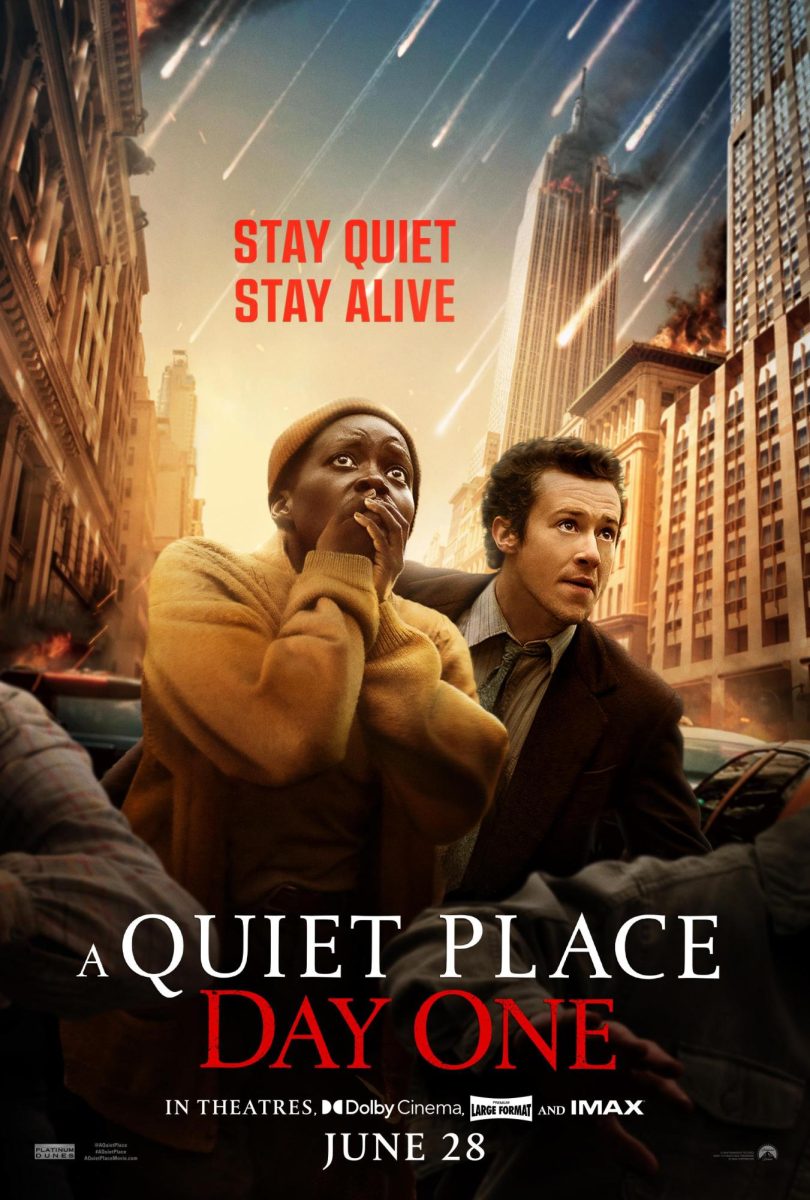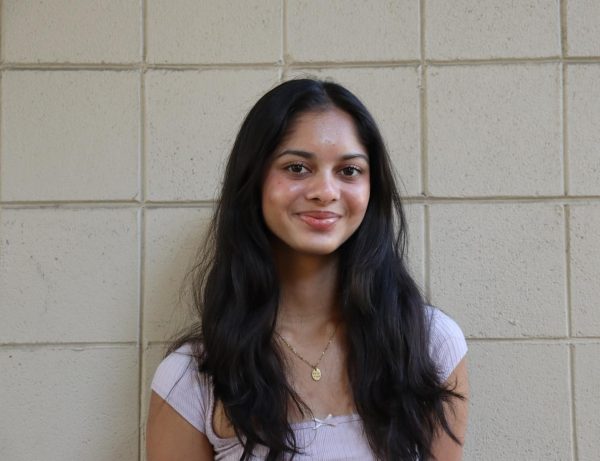After the success of the first two “A Quiet Place” films in 2018 and 2021, respectively, anticipation surrounding the saga grew exponentially in November 2020 when the prequel was announced.
The advertised concept was intriguing, offering a chance to dive into the origins of the movie’s terrifying world. Despite its potential, the movie, released in late June, falls short of the high expectations set by fans of the previous films.
For those unfamiliar with the originals, the premise revolves around a family navigating a world where sound leads to deadly consequences. The monsters in this world are blind but have a strong sense of hearing, attacking at even the slightest noise.
The previous films stood out due to their suspense, storytelling, plot twists, heartbreaking endings and masterful performances by the cast, which included John Krasinski (who also directed the movie) and Emily Blunt. The intensity of the quiet, tension-filled scenes, combined with the actors’ ability to convey fear, love and determination without words made them masterpieces of the suspense genre.
In contrast, “A Quiet Place: Day One,” directed by Michael Sarnoski, takes us back to the beginning before all the chaos. The story — starring actors Lupita Nyong’o and Joseph Quinn — unfolds on the first day the monsters arrive, focusing on how society begins to crumble as the invasion begins.
While the premise sounds promising, the execution falls flat. The film’s storyline lacks the emotional depth and clever twists that made the originals so compelling. Instead, it relies heavily on predictable jump scares and sequences, along with unnecessary characters. For example, the cat — who simply follows the two main characters around the whole time — contributes nothing to the plot and slows the pacing. With a runtime of 1 hour and 39 minutes, scenes meant to build suspense often drag, and the film introduces subplots that feel unimportant.
Rather than potentially exploring different perspectives on the first day of the invasion, which feels too important not to mention, the movie focuses on one story that was, to put it bluntly, pretty boring. I felt that the movie had potential to move in a good direction, but it lacked continuity from the original films, which had both gripping suspense and heart-rending plot twists.
There were many missed opportunities that could have elevated the story. A deeper exploration of how individuals and families were affected on the first day of the monsters’ arrival and their responses to it could have provided a more engaging narrative. They could have also stretched out the chaos of the initial monster attack and let the main characters figure out what happened from context, rather than having them realize it almost instantly and try to escape the monsters on a boat. These elements would have added a layer of emotional complexity and made the audience feel the terror and confusion of that day on a greater level.
If the filmmakers had taken more creative risks, focusing on unique and varied viewpoints rather than a straightforward retelling of events, the movie could have lived up to the legacy of the previous movies. By not stretching the suspense and failing to dive into the psychological impact of the alien monsters on the characters, “A Quiet Place: Day One” missed the mark for most diehard fans, leaving them silently longing for what could have been.




























